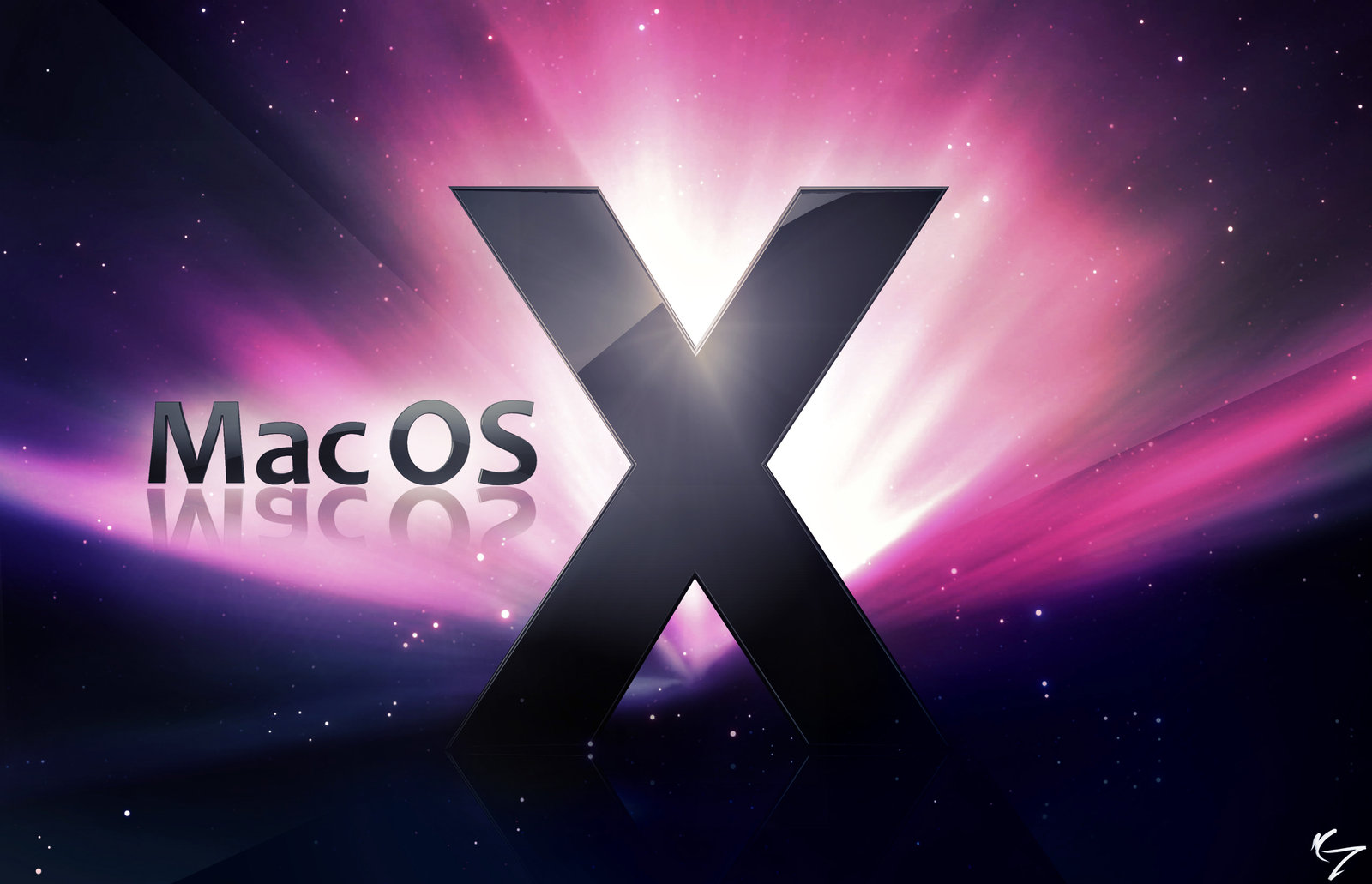Unleash the power of OS X Mountain Lion! Maximize the amazing features packed into the latest release of Apple’s cutting-edge desktop operating system. With coverage of the iMac, MacBook, MacBook Air, and Mac mini, How to Do Everything: Mac OS X Mountain Lion shows you how to set up and customize your machine for peak performance. OS X, also macOS, is the Unix-based graphical interface operating system developed by Apple Inc. To exclusively power every Mac computer. It's engineered to make the utmost of what the hardware is capable of and to deliver the most intuitive and comprehensive computer experience in the world.
Mac OS X Versions up to Now
Explain Everything Mac Os X Os
Mac OS X Version | Codename | Release date |
Server 1.0 | Hera | March 16, 1999 |
10.0 | Cheetah | March 24, 2001 |
10.1 | Puma | September 25, 2001 |
10.2 | Jaguar | August 24, 2002 |
10.3 | Panther | October 24, 2003 |
10.4 | Tiger | April 29, 2005 |
10.5 | Leopard | October 26, 2007 |
10.6 | Snow Leopard | August 28, 2009 |
10.7 | Lion | July 20, 2011 |
10.8 | Mountain Lion | July 25, 2012 |
10.9 | Mavericks | October 22, 2013 |
10.10 | Yosemite | Fall 2014 |
10.11 | El Capitan | September 30, 2015 |
macOS Sierra | Sep. 20, 2016 | |
macOS | Autumn, 2017 |
From the table, you can see Apple insists on continuously surpassing itself that promptly upgrades its OS X nearly every one or two years and each OS X upgrade brings you a better combination of your software and hardware on Mac computer. An obvious example is that using DVD ripper to rip and copy DVD on your MacBook Air, MacBook Pro or iMac is seemingly much quicker and easier with the enhanced OS X. And when you apply MacX YouTube Downloader to download YouTube video on Mac, you can also find the YouTube downloader works seamlessly with your Mac to jointly aid you to effortlessly download YouTube video on Mac with amazing fast speed up to 83X faster.
OS X is Apple's operating system that runs on Macintosh computers. It was first released in 2001 and over the next few years replaced Mac OS 9 (also known as Mac OS Classic) as the standard OS for Macs. It was called 'Mac OS X' until version OS X 10.8, when Apple dropped 'Mac' from the name.
OS X was originally built from NeXTSTEP, an operating system designed by NeXT, which Apple acquired when Steve Jobs returned to Apple in 1997. Like NeXTSTEP, OS X is based on Unix and uses the same Mach kernel. This kernel provides OS X with better multithreading capabilities and improved memory management compared to Mac OS Classic. While the change forced Mac developers to rewrite their software programs, it provided necessary performance improvements and scalability for future generations of Macs.
The OS X desktop interface is called the Finder and includes several standard features. OS X does not have a task bar like Windows, but instead includes a menu bar, which is fixed at the top of the screen. The menu bar options change depending on what application is currently running and is only hidden when full screen mode is enabled. The Finder also includes a Dock, which is displayed by default on the bottom of the screen. The Dock provides easy one-click access to frequently used applications and files. The Finder also displays a user-selectable desktop background that serves as a backdrop for icons and open windows.
When you start up a Mac, OS X loads automatically. It serves as the fundamental user interface, but also works behind the scenes, managing processes and applications. For example, when you double-click an application icon, OS X launches the corresponding program and provides memory to the application while it is running. It reallocates memory as necessary and frees up used memory when an application is quit. OS X also includes an extensive API, or library of functions, that developers can use when writing Mac programs.
While the OS X interface remains similar to the original version released in 2001, it has gone through several updates, which have each added numerous new features to the operating system. Below is a list of the different versions of OS X, along with their code names.
Explain Everything Mac Os X Catalina

- Mac OS X 10.0 (Cheetah)
- Mac OS X 10.1 (Puma)
- Mac OS X 10.2 (Jaguar)
- Mac OS X 10.3 (Panther)
- Mac OS X 10.4 (Tiger)
- Mac OS X 10.5 (Leopard)
- Mac OS X 10.6 (Snow Leopard)
- Mac OS X 10.7 (Lion)
- OS X 10.8 (Mountain Lion)
- OS X 10.9 (Mavericks)
- OS X 10.10 (Yosemite)
Mac Os Download
Updated: December 31, 2014